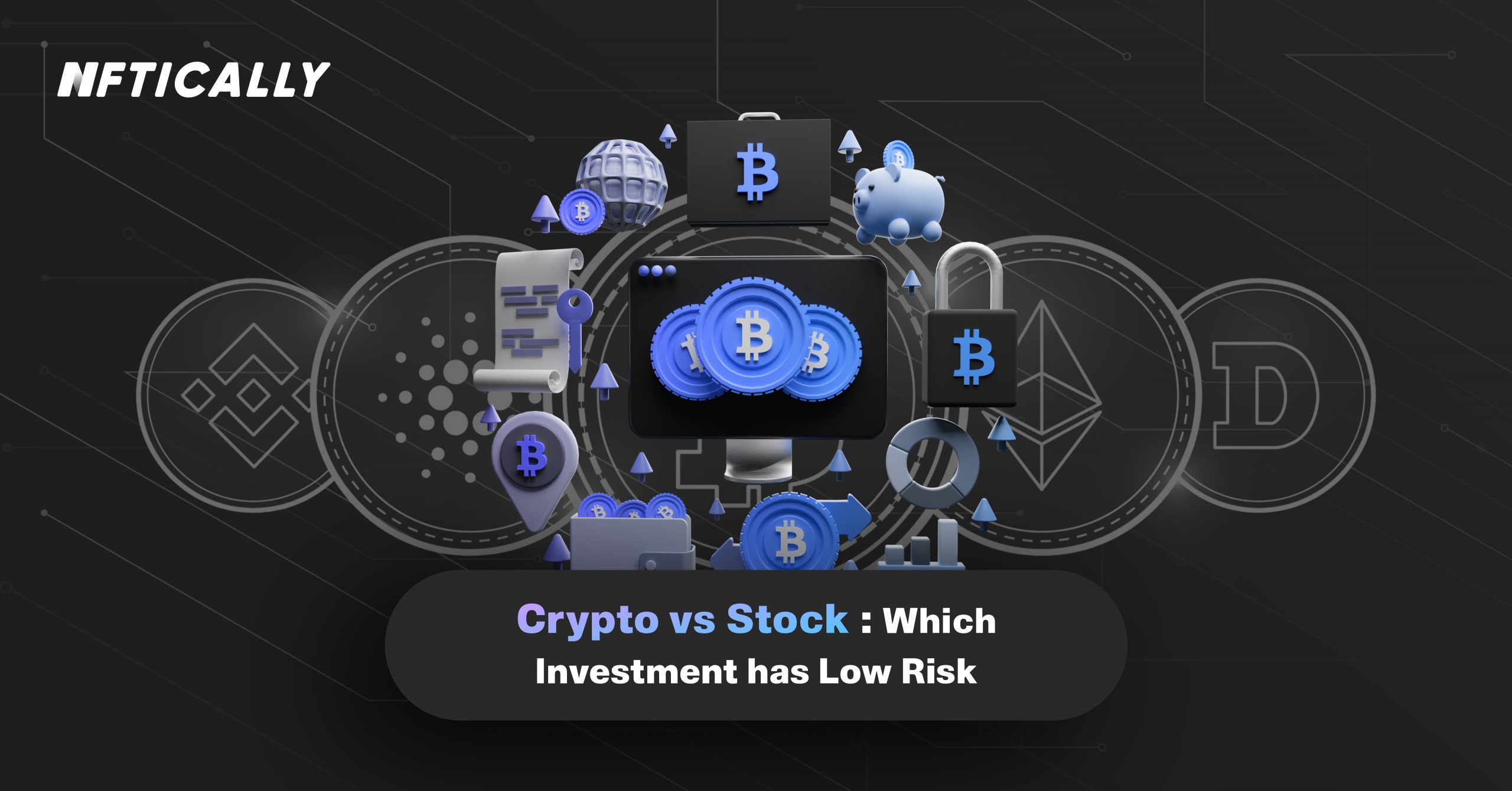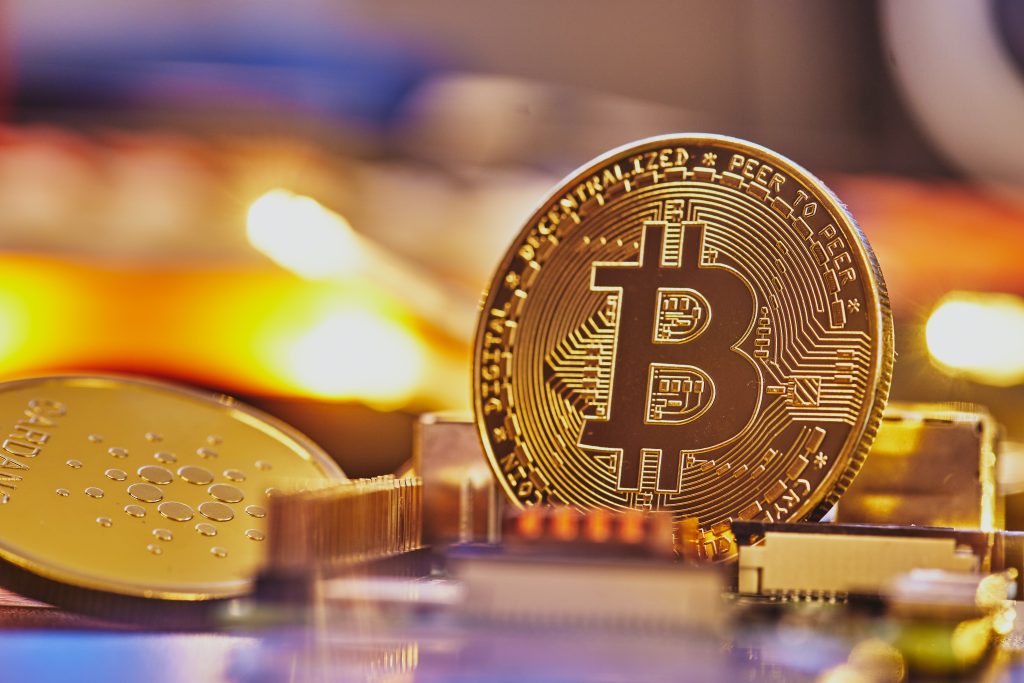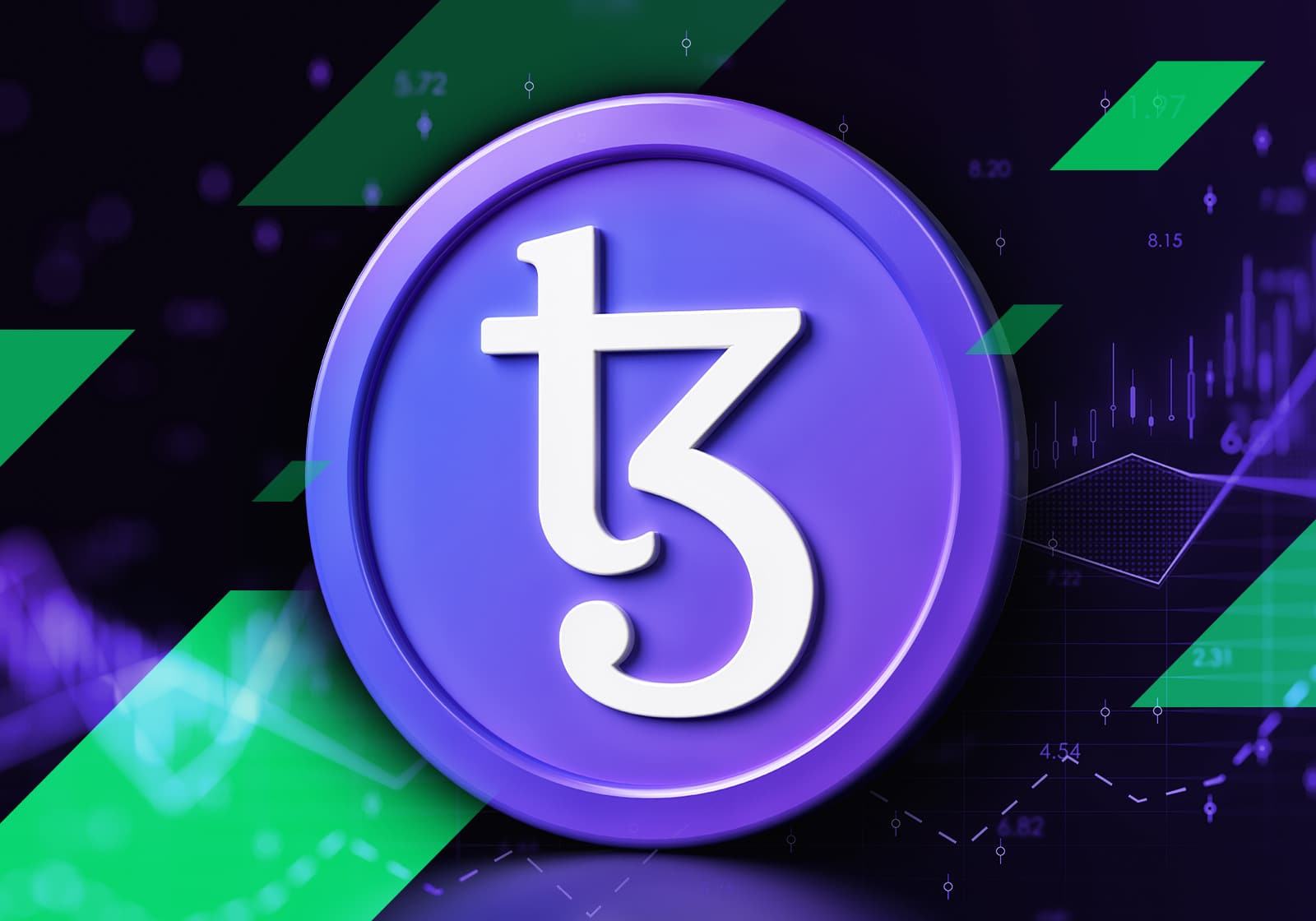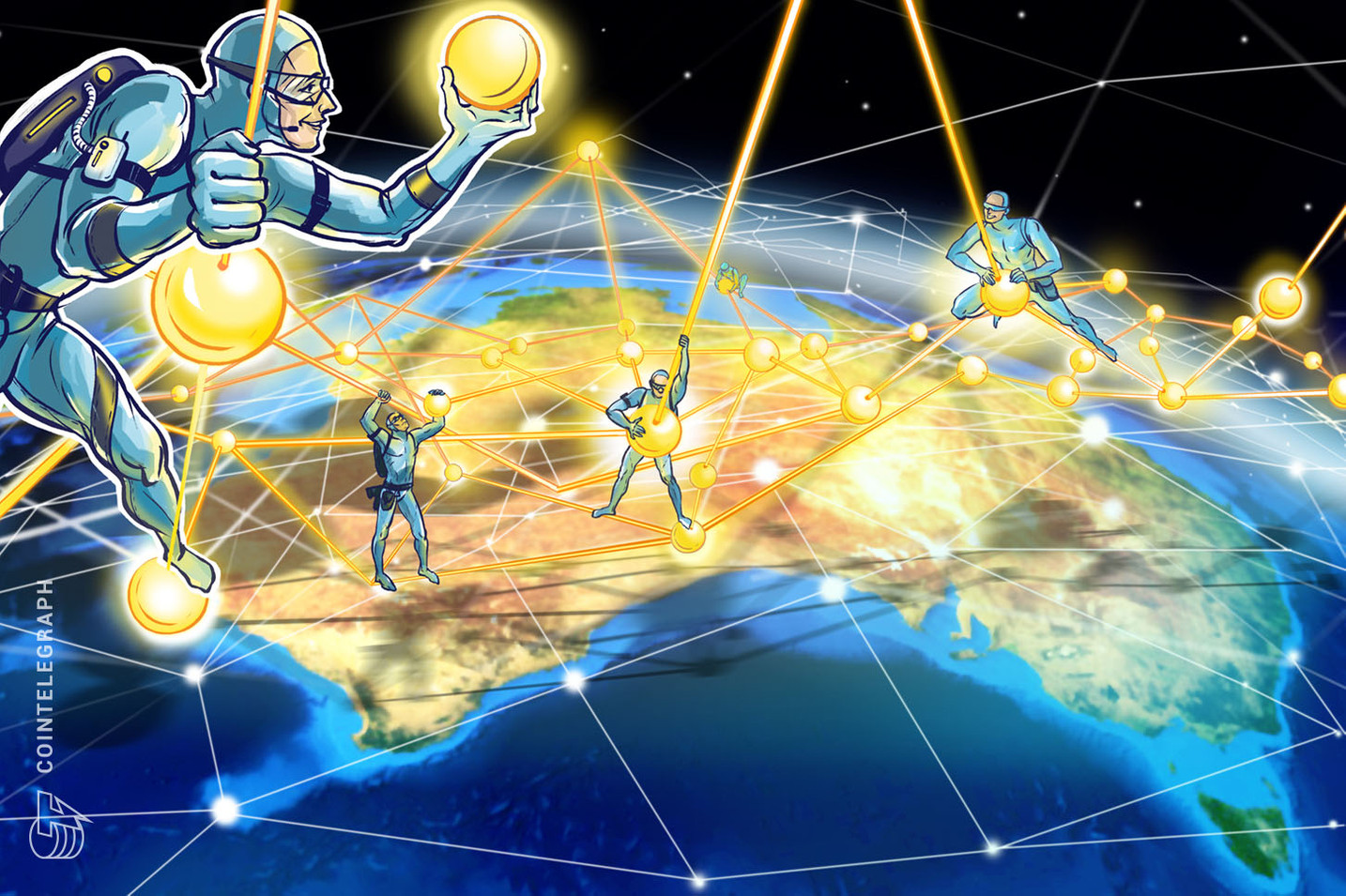Difference between NFT and Cryptocurrency
Explore the distinctions between NFT and cryptocurrency in this informative blog. Learn about their unique features and use.
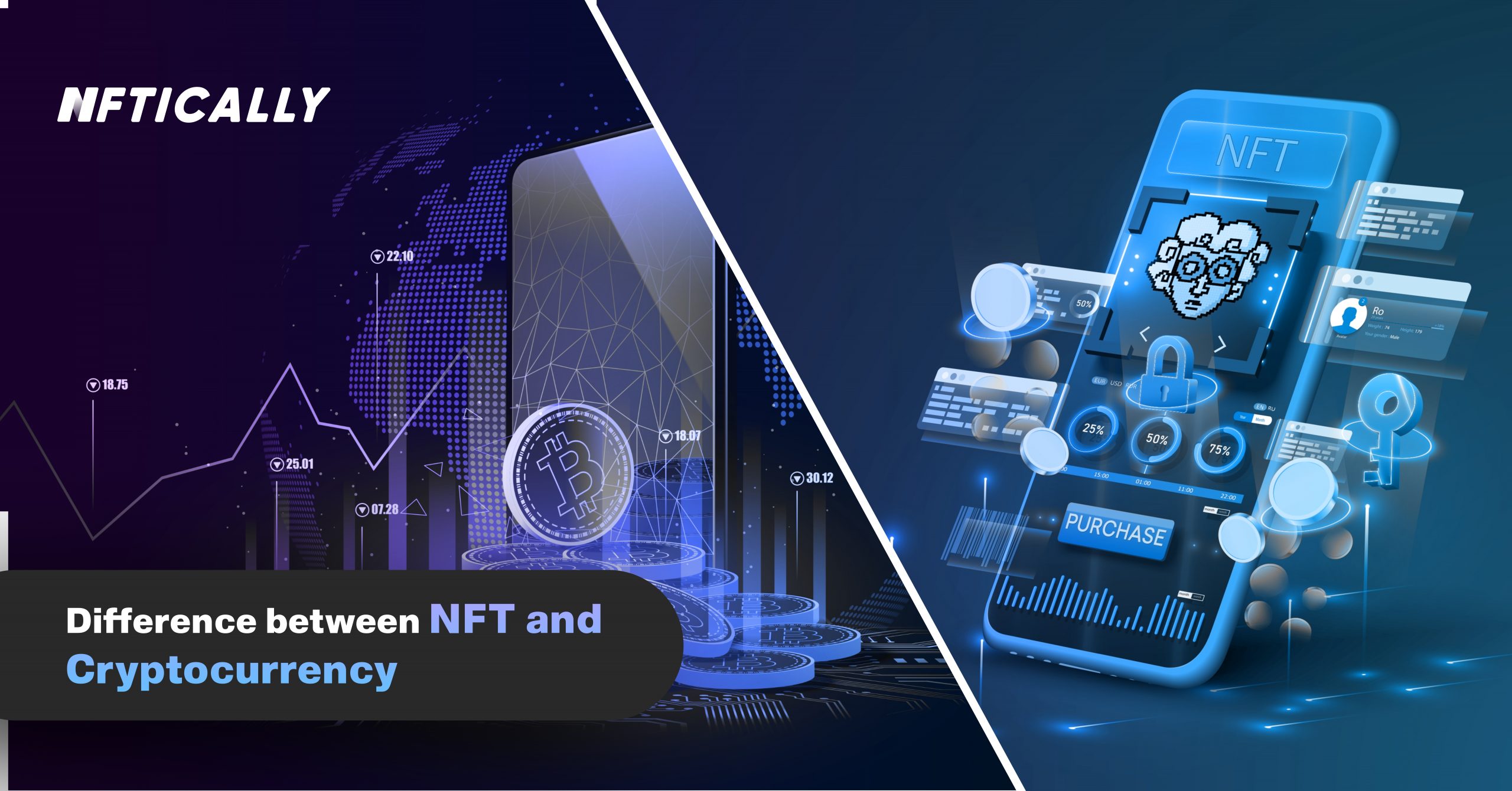
In recent years, the world of digital assets has witnessed a significant evolution, with the emergence of Non-Fungible Tokens (NFTs) and the continued dominance of cryptocurrencies. Both NFTs and cryptocurrencies are blockchain-based assets, but they serve distinct purposes and have unique characteristics. In this article, we will explore the key differences between NFTs and cryptocurrencies, shedding light on their features, use cases, and the broader implications they have on the digital economy.
NFTs vs. Cryptocurrencies: Understanding the Basics
-
Fungibility:
The most fundamental difference between NFTs and cryptocurrencies lies in their fungibility. Cryptocurrencies like Bitcoin and Ethereum are fungible, meaning that each unit is interchangeable with another of the same value. For example, one Bitcoin is equal to another Bitcoin in terms of value and usability. On the other hand, NFTs are non-fungible, which means each token is unique and cannot be exchanged on a one-to-one basis with another NFT. -
Ownership and Digital Assets:
NFTs are primarily used to represent ownership of digital or physical assets. These assets can include digital art, music, virtual real estate, collectibles, and more. When you own an NFT, you have proof of ownership and authenticity for a specific item or piece of content. Cryptocurrencies, on the other hand, are used as a medium of exchange and store of value. They don't represent ownership of a specific item but rather value within the blockchain network. -
NFT Marketplaces:
NFTs are typically bought and sold on specialized?NFT marketplaces?like OpenSea, Rarible, and NBA Top Shot. These platforms facilitate the creation, discovery, and trading of NFTs, creating a dynamic marketplace for digital assets. Cryptocurrencies, on the other hand, are traded on cryptocurrency exchanges such as Coinbase, Binance, and Kraken, which focus on the exchange of digital currencies.
Key Use Cases
-
NFTs
- Digital Collectibles:?NFTs are widely used for creating and trading digital collectibles. These can range from virtual trading cards and in-game items to unique pieces of digital art.
- Ownership Records:?NFTs provide an immutable record of ownership, making them valuable for proving authenticity and ownership of assets like real estate and luxury goods.
- Digital Art:?NFTs have revolutionized the art world by allowing artists to tokenize their work, ensuring attribution and enabling them to earn royalties on secondary sales.
- Virtual Real Estate:?Virtual worlds and metaverses are using NFTs to represent ownership of virtual real estate, allowing users to buy, sell, and develop virtual properties.
-
Cryptocurrencies
- Medium of Exchange:?Cryptocurrencies like Bitcoin and Ethereum serve as a decentralized means of conducting transactions, enabling borderless and peer-to-peer payments.
- Store of Value:?Many view cryptocurrencies as digital gold, a store of value that can be used to protect against inflation and economic instability.
- Investment:?Cryptocurrencies are considered investments, with the potential for price appreciation over time. Traders and investors often speculate on their future value.
- Decentralized Finance (DeFi):?Cryptocurrencies are integral to the DeFi ecosystem, where they are used for lending, borrowing, and earning interest in a decentralized manner.
NFTs and Cryptocurrency Market Prices
- NFT market prices are highly variable and depend on factors like the uniqueness and demand for a particular item. The NFT market price chart can be incredibly dynamic, with some NFTs selling for millions of dollars.
- NFT tokens' prices can fluctuate dramatically, making it a volatile market for buyers and sellers. As interest in NFTs grows, their prices may continue to experience significant swings.
- When comparing?NFT market prices?with cryptocurrency prices, it's essential to understand that NFTs represent different types of assets. Cryptocurrency prices, like Bitcoin's price, are influenced by factors such as market sentiment, adoption, and macroeconomic trends.
The Intersection of NFTs and Cryptocurrencies
It's worth noting that NFTs and cryptocurrencies are not mutually exclusive. In fact, they can complement each other in various ways:
- Cryptocurrencies are often used to purchase NFTs, serving as the means of payment in NFT marketplaces.
- NFTs can be used to enhance the functionality of blockchain-based applications, creating unique and engaging experiences for users.
- NFTs can be tokenized representations of physical assets, allowing the transfer of ownership through blockchain technology, with cryptocurrency often used for the transaction.
NFT Marketplaces: The Hub of NFT Activity
One of the primary drivers of the NFT ecosystem's growth is the emergence of NFT marketplaces. These online platforms provide a space for creators to mint and list their NFTs, while buyers can browse, bid, and purchase these unique digital assets. Some of the?best NFT marketplaces?that have gained prominence in recent years include OpenSea, Rarible, and NBA Top Shot, among others.
These marketplaces not only serve as a marketplace for NFTs but also contribute to the visibility and discoverability of NFTs. Artists, musicians, game developers, and content creators from various fields leverage these platforms to showcase their work to a global audience. Consequently, these marketplaces have played a pivotal role in driving the NFT market's rapid expansion and NFT tokens' price appreciation.
NFTs for Sale: A Growing Diverse Portfolio
NFTs have opened up new avenues for creators and collectors alike. The range of NFTs available for sale is incredibly diverse and continues to expand. Here are some popular categories of?NFTs for sale
- Digital Art:?NFTs have disrupted the art world, enabling artists to tokenize their creations. This has given rise to digital art galleries, where buyers can acquire unique digital artworks and support artists directly.
- Collectibles:?Collectible NFTs include virtual trading cards, in-game items, and digital toys. These items often come with limited editions or special features, making them desirable for collectors.
- Music and Entertainment:?Musicians and entertainers are increasingly using NFTs to sell music albums, concert tickets, and exclusive content. NFTs offer a new revenue stream and a direct connection with fans.
- Virtual Real Estate:?In virtual worlds and metaverses, NFTs represent ownership of virtual land and properties. These virtual spaces hold promise for various applications, from gaming to virtual events.
- Sports Memorabilia:?Sports leagues, such as the NBA, have embraced NFTs to sell memorable moments from games as collectible digital assets.
- Fashion and Luxury:?Fashion brands and luxury goods companies are exploring NFTs to authenticate products and provide ownership records for limited-edition items.
- Utility NFTs:?Some NFTs serve a functional purpose within specific applications, such as access to virtual spaces or in-game assets.
NFT Price Dynamics
NFT prices can be subject to extreme volatility, with certain pieces fetching millions of dollars while others may have more modest valuations. Several factors influence NFT prices:
- Scarcity:?Rarity is a major driver of?NFT prices. Items with limited editions or unique qualities tend to command higher prices in the NFT market.
- Demand:?High demand for a particular NFT, driven by factors like celebrity endorsements or cultural significance, can result in bidding wars and elevated prices.
- Creator Reputation:?The reputation and fame of the creator also play a significant role in determining the value of an NFT. Well-known artists or influencers often see higher prices for their NFTs.
- Historical Significance:?NFTs associated with historical moments or milestones can carry significant value. For example, the first-ever tweet by Jack Dorsey, Twitter's CEO, was sold as an NFT for a substantial sum.
- Secondary Sales:?NFTs often come with resale royalties, allowing creators to earn a percentage of the sale price each time the NFT changes hands. This can influence the price of NFTs on the secondary market.
The Future of NFTs and Cryptocurrencies
As NFTs continue to gain traction, they are likely to intersect further with the world of cryptocurrencies. This convergence could result in innovative use cases and enhanced functionality for both NFTs and cryptocurrencies. For instance, integrating NFTs into decentralized finance (DeFi) platforms or enabling cross-chain compatibility could unlock new opportunities for blockchain enthusiasts and investors.
In summary, NFTs and cryptocurrencies are two distinct types of blockchain-based assets with different use cases and characteristics. NFTs represent ownership of unique digital or physical assets and are traded on specialized marketplaces, while cryptocurrencies function as digital currencies and stores of value. Understanding the differences between these two asset classes is essential for those looking to navigate the ever-evolving landscape of digital assets.
What's Your Reaction?







